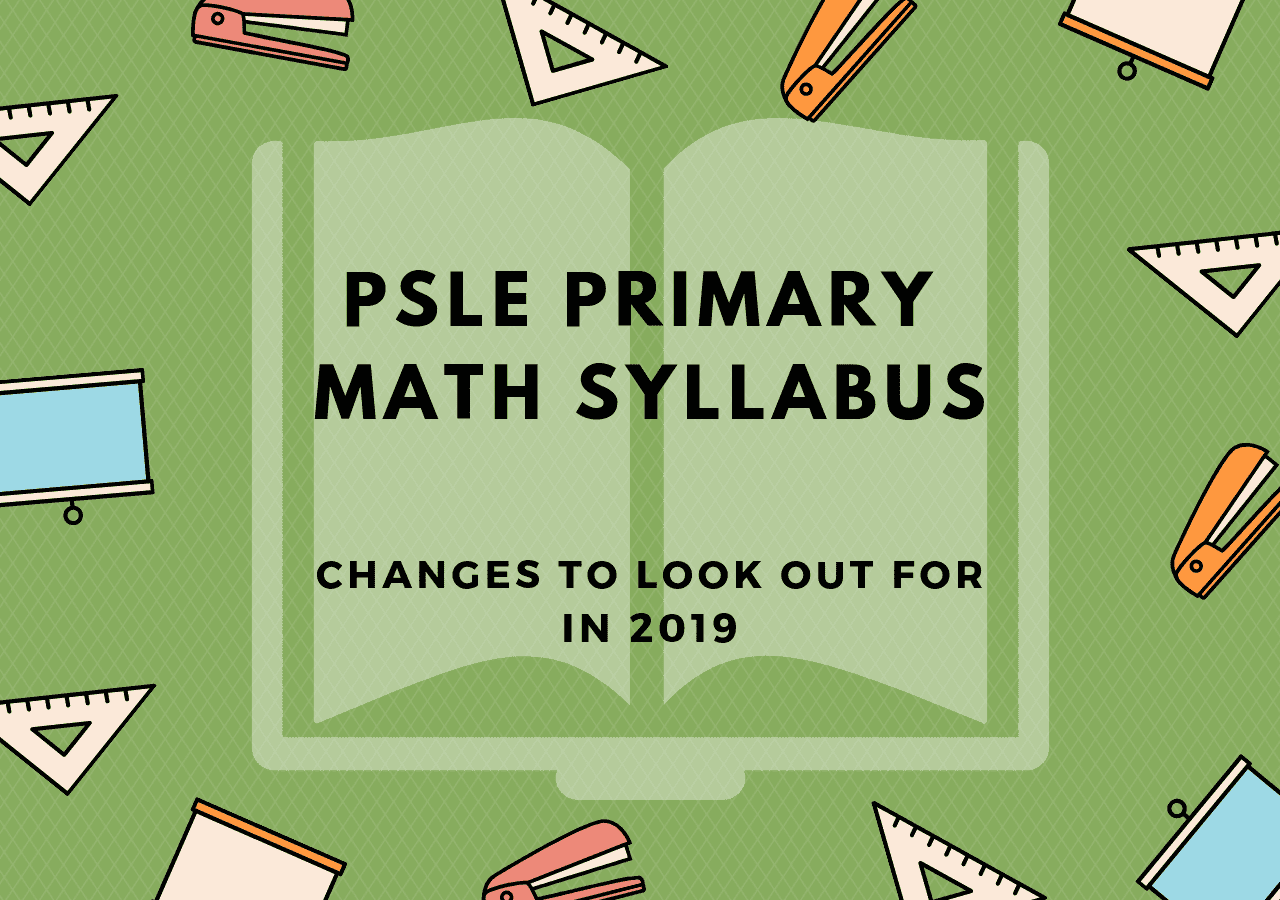
The PSLE Math paper requires intensive preparation based on the Primary Mathematics syllabus. Your child’s six years in primary school would have equipped him or her with the basic knowledge to tackle this examination, but one can never be too prepared for the challenge.
It certainly pays to be clear with regards to the PSLE Maths syllabus and to be familiarised with the latest PSLE Math format before attempting the papers.
Here’s all the information that you need to know.
Is there a Primary Math syllabus change to be aware of?
If you are here in search for any fresh changes to the Math syllabus 2018, you would be relieved to find out that the latest revision was implemented years ago in 2013, beginning from the Primary 1 cohort.
As the affected students progressed to higher levels, they continued their transition into the new syllabus. Therefore, the syllabus changes across the six levels of primary school would have been fully completed in 2018.
If your child is sitting for the PSLE in 2019, the content that he/she has been taught in school would be aligned with the previous cohort which sat for the PSLE in 2018. In other words, fret not – your child will not be jumping into uncharted waters! There is one cohort which has gone through the same syllabus that your child is learning.
Whether or not there would be further updates to the syllabus, however, is another question. MOE usually reviews the syllabus of every subject once every six years, which could mean that a brand new syllabus is right down the alley.
Where is the PSLE Maths syllabus 2018 heading to?
To answer this question would be to understand the goals of MOE concerning primary school education and how it ties in with the current economic climate and the state’s objectives.
During the last syllabus change, MOE sought a “better balance between content and skills”, which hints a lean towards a practical education that is very much in touch with the real-world context.
MOE is shifting away from rote-learning that is heavy with memorisation and repetition. They are replacing that with a meaningful learning method – in particular, applied learning which involves critical thinking as well as problem-solving, reasoning and logical skills pertaining to real life.
An MOE spokesperson also shared with TODAY that there is “more specific guidance in the syllabus where the use of technology is suggested”. This would allow teachers to introduce digital learning tools such as interactive online games that aid in skills such as mastering multiplication, for example. Going beyond the traditional whiteboard and marker keeps up with the increasingly tech-savvy generation.

Looking more broadly into the education landscape, MOE is also moving away from an over-emphasis on academic results, as evidenced by the recent news to remove weighted assessments and exams in Primary 1 and 2 from next year, as well as the mid-year exams for Primary 3 and Primary 5 by 2021. The PSLE, however, has been described as a “sacred cow” by Education Minister Ong Ye Kung, and it looks to survive for a long time.
This reinforces the need to scrutinise the PSLE exam syllabus so today’s children can study smart, not just study hard.
What are the assessment objectives of PSLE Mathematics syllabus?
As mentioned, the first batch of students who were affected by the syllabus change in 2013 sat for their PSLE in 2018. According to the Singapore Examinations and Assessment Board (SEAB), there are three key assessment objectives for the 2018 PSLE Math examinations and the PSLE mathematics syllabus:
| Cognitive levels | Objective | Weightage |
| AO1 | Recall mathematical facts, concepts, rules and formulae; perform straightforward computations and algebraic procedures | 25% |
| AO2 | Interpret information; understand and apply mathematical concepts and skills in a variety of contexts | 40% |
| AO3 | Reason mathematically; analyse information and make inferences; select appropriate strategies to solve problems
|
35% |
In comparison, these are the assessment objectives for the PSLE Mathematics examinations in 2017:
| Cognitive levels | Objective | Weightage |
| Knowledge | Recall specific mathematical facts, concepts, rules and formulae, and to perform straightforward computations. |
25% |
| Comprehension | Interpret data and use mathematical concepts, rules or formulae to solve routine or familiar mathematical problems. |
35% |
| Application & Analysis | Analyse data and/or apply mathematical concepts, rules or formulae in a complex situation, and to solve unfamiliar problems. |
40% |
The assessment objectives in 2017 and 2018 vary in small technical details, making comparisons a tad complicated. However, one can observe that the highest weightage of 40% in 2018 falls on the ability to “apply mathematical concepts and skills in a variety of contexts”, while the objective to “solve unfamiliar problems” in 2017 was removed entirely.
On top of that, the 2018 assessment objectives mention the ability to “reason mathematically”, “select appropriate strategies” and “make inferences” to solve problems, which is a step further from 2017’s assessment objective to “apply mathematical concepts, rules or formulae” to solve problems.
This falls in line with what was previously mentioned regarding how today’s education hinges on connecting knowledge and skills to real-life scenarios.
What is the PSLE 2018 Maths paper format?
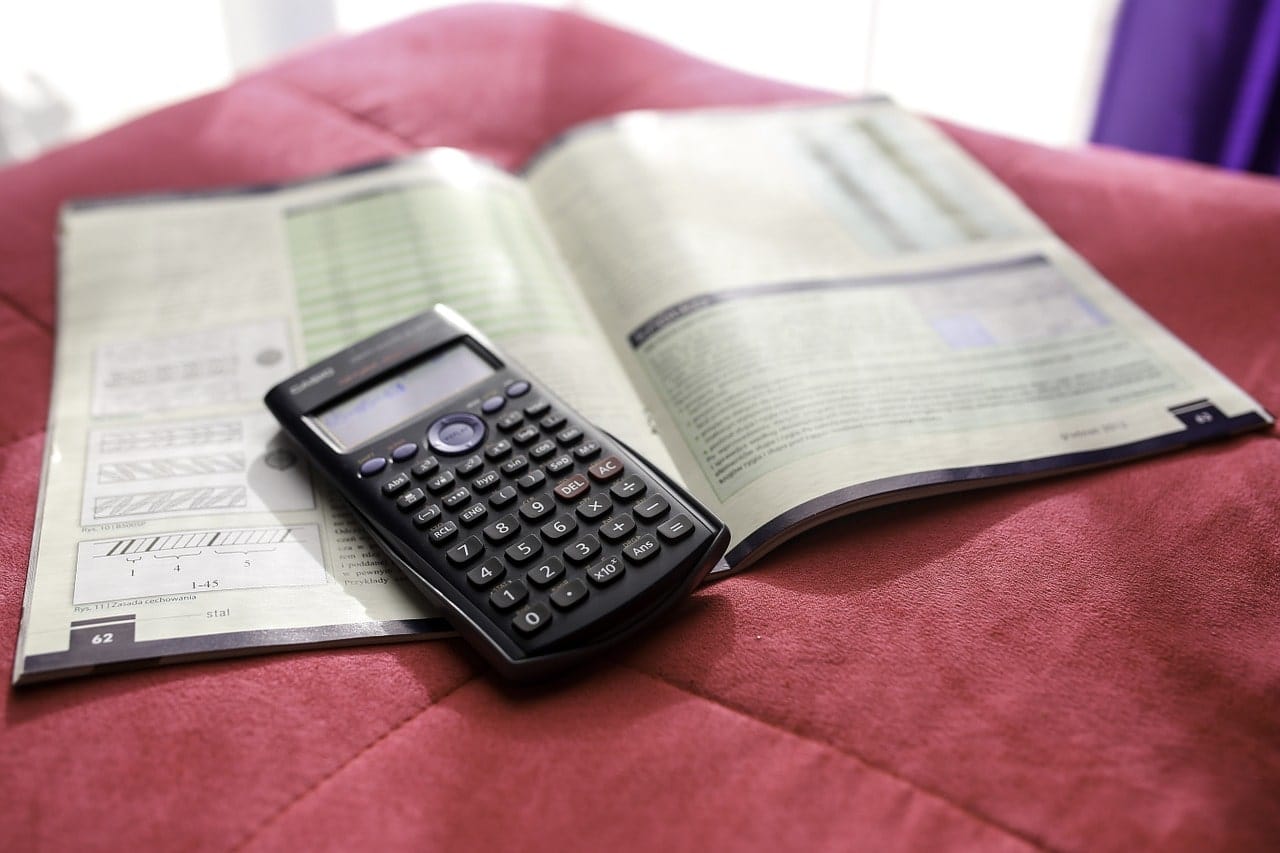
The PSLE Math exam is divided into two papers: Paper 1 and Paper 2. These two papers are further divided into three booklets. Paper 1, which comprises Booklets A and B, lasts for one hour. Paper 2 is an entire booklet on its own and it takes up one and a half hours. Overall, the entire exam duration is two and a half hours. They will be scheduled on the same day, with a break in between.
Paper 1
Booklet A is a set of 15 multiple choice questions with four options each. The first 10 questions carry one point each and the last five questions attract two points each. Overall, the multiple choice questions make up 20% of the examination’s cumulative score.
Booklet B contains 15 short-answer questions that are open-ended, requiring the students to fill in the answers themselves. The first five questions attract one point each, while the remaining 10 questions are awarded two points each. Overall, Booklet B’s weightage is 25% of the total paper.
The multiple choice questions and the one-mark short-answer questions are straightforward and they test the student’s basic concepts and skills. The short-answer question worth two marks may consist of one or two parts, and those with one part will require the correct method or working to be shown.
Take note that the use of calculators is not allowed for Paper 1.
Paper 2
This booklet has the potential to yield 55 points. It consists of five short-answer worth two points each and 12 structured/long-answer questions that are awarded 3 to 5 points each.
The questions are typically arranged in ascending order of difficulty, with the first question being the easiest and the last question the hardest.
Long-answer questions which attract up to four or five points are usually questions that are heuristic in nature. A heuristic type of question requires the students to create a new theorem or algorithm from previously acquired knowledge. They may also need the adoption of problem-solving strategies to non-routine Maths questions. For these structured/long-answer questions, students have to show the method of solution (i.e. the working steps) clearly to be awarded the full marks.
The use of calculators is allowed for Paper 2 in order to facilitate complex computations.
How is the PSLE exam format different than the previous one?
There were changes to the PSLE examination format between 2017 and 2018, which you can view from the table below.
| Paper | Booklet | Item type | Number of questions | Number of marks per question | Number of marks | Duration |
| 1 | A | Multiple-choice | 10 | 1 | 10 | 50 mins → 1 h |
| 5 | 2 | 10 | ||||
| B | Short-answer | 10 → 5 | 1 | 10 → 5 | ||
| 5 → 10 | 2 | 10 → 20 | ||||
| 2 | Short-answer | 5 | 2 | 10 | 1 h 40 mins → 1 h 30 mins |
|
| Structured/ Long-answer | 13 → 12 | 3, 4 or 5 | 50 → 45 | |||
| Total | 48 → 47 | – | 100 | 2 h 30 mins | ||
The most significant change is the duration delegated to each of the two papers. Paper 1 was extended to one hour instead of 50 minutes, while Paper 2 was shortened to one hour and thirty minutes from one hour and forty minutes.
For Booklet B in Paper 1, the number of short-answer questions worth one mark reduced from 10 to five, while the number of short-answer questions worth two marks doubled from five to 10. This caused the weightage of 50% for each paper to be changed to 45% for Paper 1 and 55% for Paper 2. Lastly, the number of questions in total went down by one to 47 in 2018.
It is likely that the PSLE format in 2019 will be the same as in 2018, but it is best to hang on and wait for schools to be briefed by MOE.
What’s the content inside the PSLE Math syllabus?
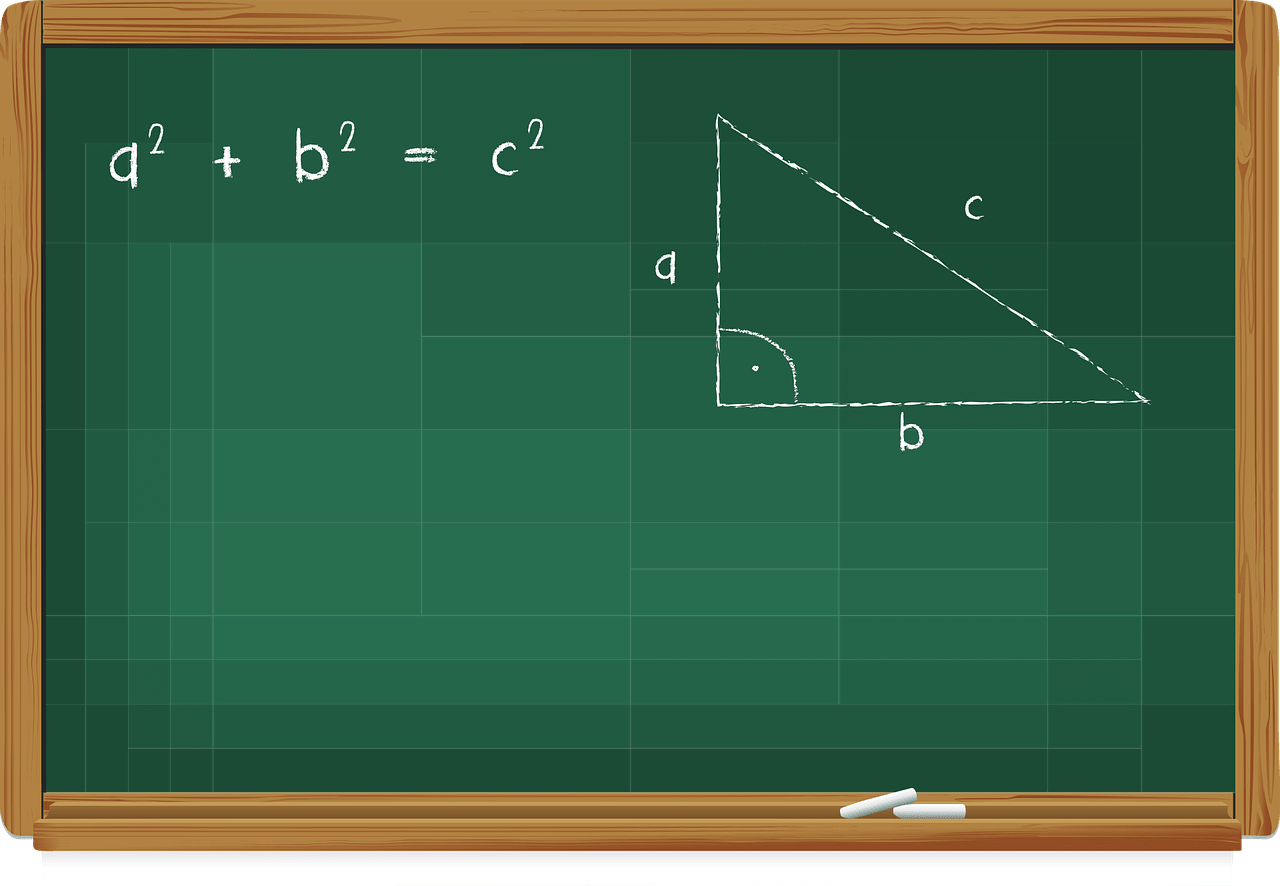
These are some of the major concepts that will be tested during the PSLE Maths exams, as reflected in the PSLE syllabus:
- Whole numbers; Fractions; Decimals
- Measurement
- Geometry
- Ratio; Percentage
- Statistics
- Rate; Speed
- Algebra
The Primary 6 Maths syllabus 2018 arrange these PSLE math topics 2018 into three content strands and multiple sub-strands, as per the table below:
| Content Stands | Sub-Strands |
| Number and Algebra | Fractions Percentage Ratio Rate Speed, Algebra |
| Measurement and Geometry | Area and Volume Geometry |
| Statistics | Data Presentation and Interpretation |
Most of these topics would have been introduced early at the start of primary school education, and they increase in depth as your child progress in level.
The comprehensive MOE’s Primary Math syllabus and Math PSLE 2018 syllabus can be found here.
What were the changes in the Primary Math syllabus?
While students will no doubt receive the resources they need to ease into the new syllabus that came after 2013, it’s good to know exactly what was added and removed. This way, if your child attempts assessment papers from years back and notices questions that have not been covered in school, he/she can understand that it was related to a removed topic. Also, your child can zoom into particular skills that have been introduced most recently.
Changes In Primary 3 Maths Syllabus 2018

In Primary 3, the new Maths syllabus will require that students learn how to construct parallel and perpendicular lines using a set square and ruler. This used to be taught in Primary 4, but it has become part of the Primary 3 syllabus.
Changes In Primary 4 Maths Syllabus 2018
In Primary 4, the new P4 Math syllabus will require that the students know how to draw rectangles and squares within a grid and manipulate the alignment of the shape. As said earlier, the construction of parallel and perpendicular lines using a set square and ruler has been shifted to the Primary 3 Math syllabus. Tessellations have been totally removed, and multiplication of fractions to whole numbers has been moved to the P5 math syllabus.
Changes In Primary 5 Maths Syllabus 2018
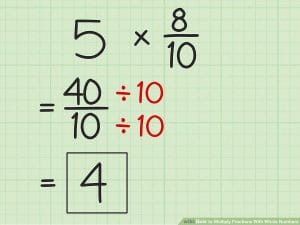
In Primary 5, the new Primary 5 math syllabus will require students to perform the multiplication of fractions to whole numbers. Other new additions include the calculation of rate and drawing different perspectives of three-dimensional solids against a dotted background. Primary 5 students are no longer required to study divisions of fractions anymore for the PSLE Math 2018 and beyond paper.
Changes In Presentation
The new PSLE math syllabus 2018 and beyond requires that equal signs be used to express values when solving questions that have units. Also, the word ‘unit’ has to be written out in full, instead of using ‘u’ to represent the word. Ignoring this will cost points.
Is the PSLE Maths Exam too difficult?
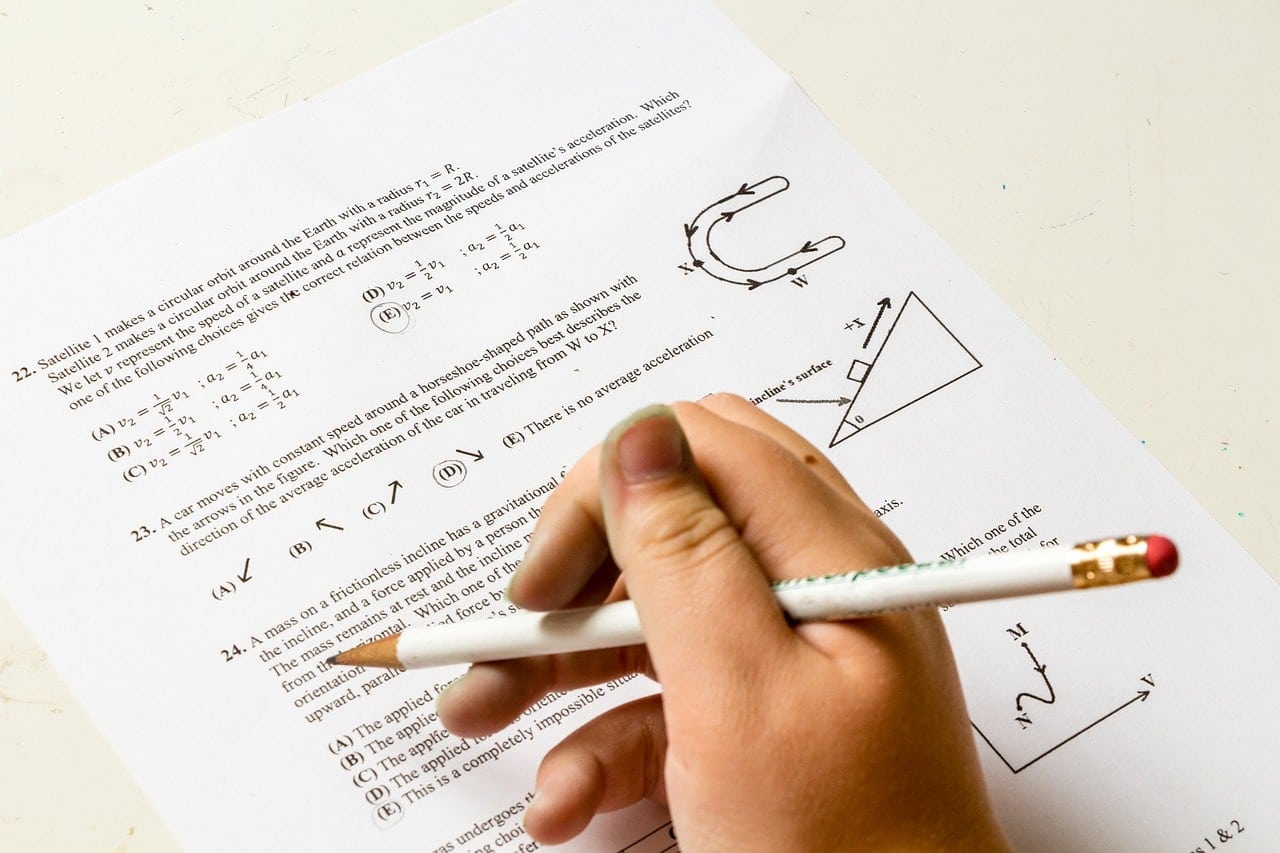
Some questions from the PSLE Maths examinations have been a source of controversy for its apparent difficulty. Have you heard about the “tricky” question about ribbons in the 2017 PSLE? How about the one regarding the weight of eight $1 Singapore coins in the 2015 PSLE?
While parents can get upset over such questions, spurred on by the debate that erupts on the internet, it’s best to understand the SEAB takes rigorous measures to ensure that every question is clear and adheres to the syllabus and learning outcomes.
How can I help as a parent?
It is understandable for parents to be anxious about their child’s academic performance, especially in a highly-competitive society such as Singapore. Instead of worrying needlessly, go ahead and channel that anxiety into helping your child succeed in their PSLE Maths exams.
What you can do from the start of your child’s academic life is to cultivate a habit for them to revise the concepts they have learnt in class. Bring in Maths whenever possible in daily life, such as when purchasing a phone plan or weighing ingredients in the kitchen, so your child understands its relevance.
On top of that, do not discourage games, particularly educational ones. If your child love games, steer them towards educational Maths games, online and offline, so their brain can have a workout.
When trying out mock papers, ensure that your child works on the easier questions first to build their foundation and boost their confidence. This would make their learning journey more enjoyable.
In the real of exam strategies, remind your child that it’s important to do well in Paper 1, especially given that the final questions in Paper 2 could be tough.
Also, relay to your child that the calculator for Paper 2 is not there to save them. It’s still important to be able to compute mentally or manually, as well as to understand the concepts. A calculator is simply a tool for complex computations.
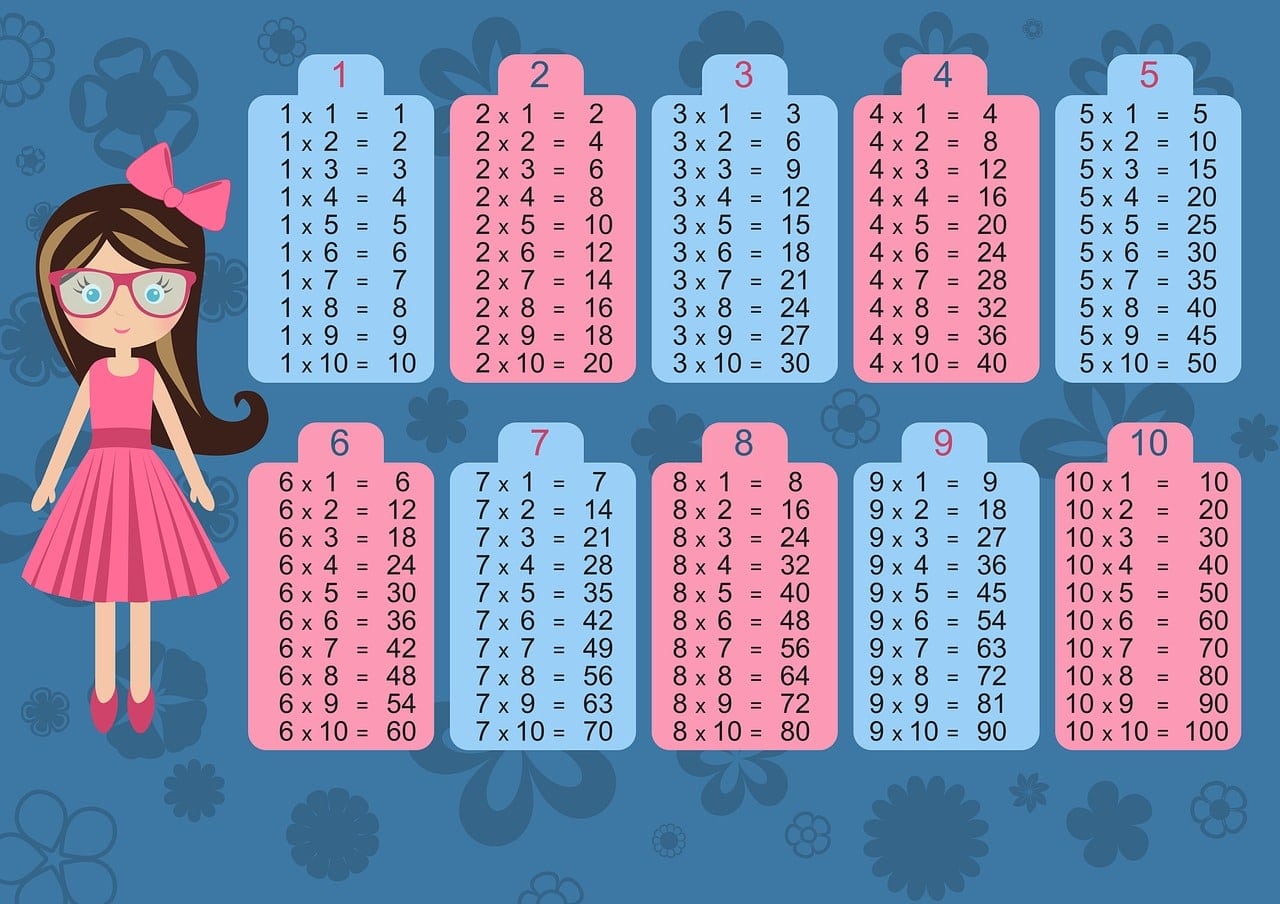
Should your child need additional help outside the classroom for a boost in academia, consider hiring a Maths tutor for them. Whether your child is in the midst of the semester or about to sit for the PSLE, you can easily find a suitable tutor with SmileTutor. Simply fill in the form and you’ll receive tutor recommendations within 24 hours, from which you can take your pick. It’s worth noting that this service is free!
With hard work and perseverance, your child will be well-prepared to sit for the PSLE Maths paper. In the meantime, keep an eye on this page to be updated regarding future syllabus changes and more.
